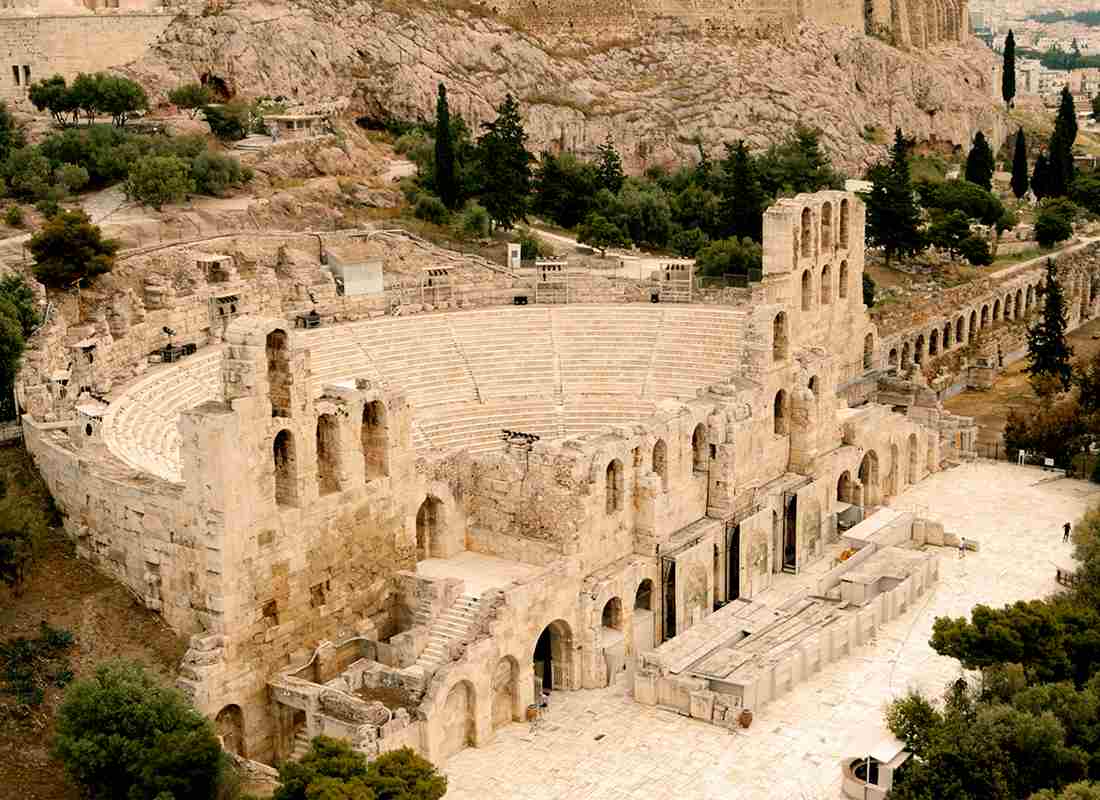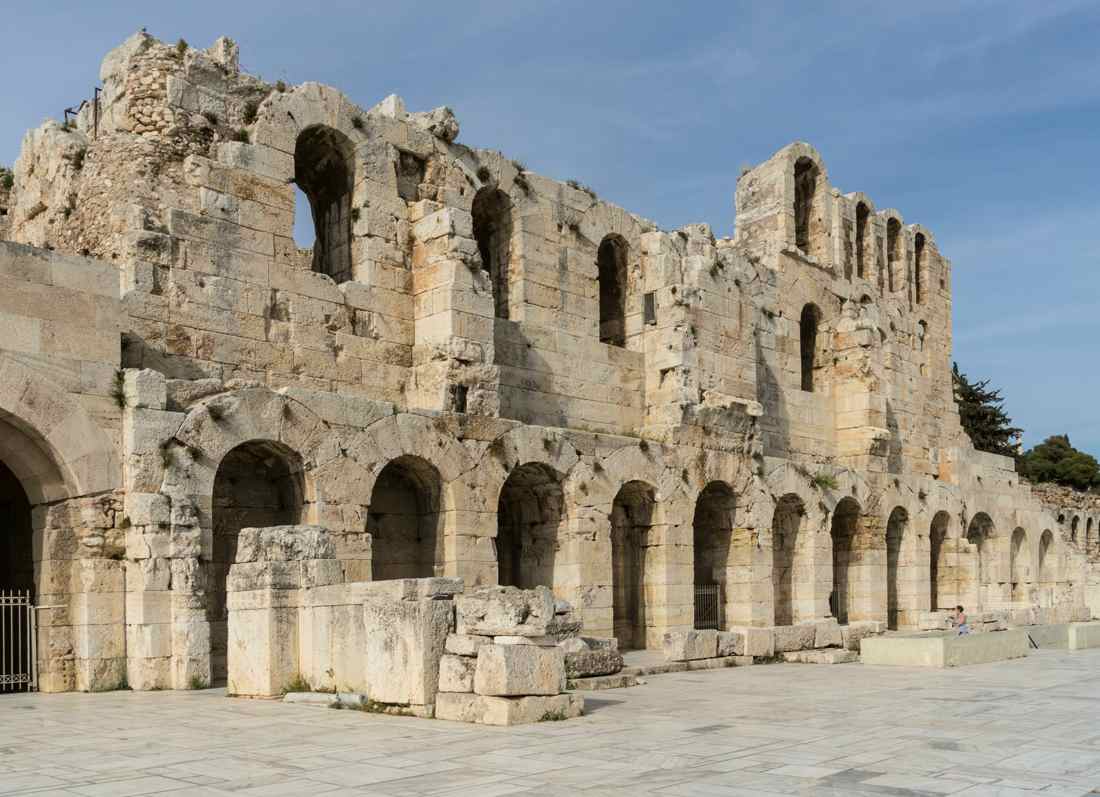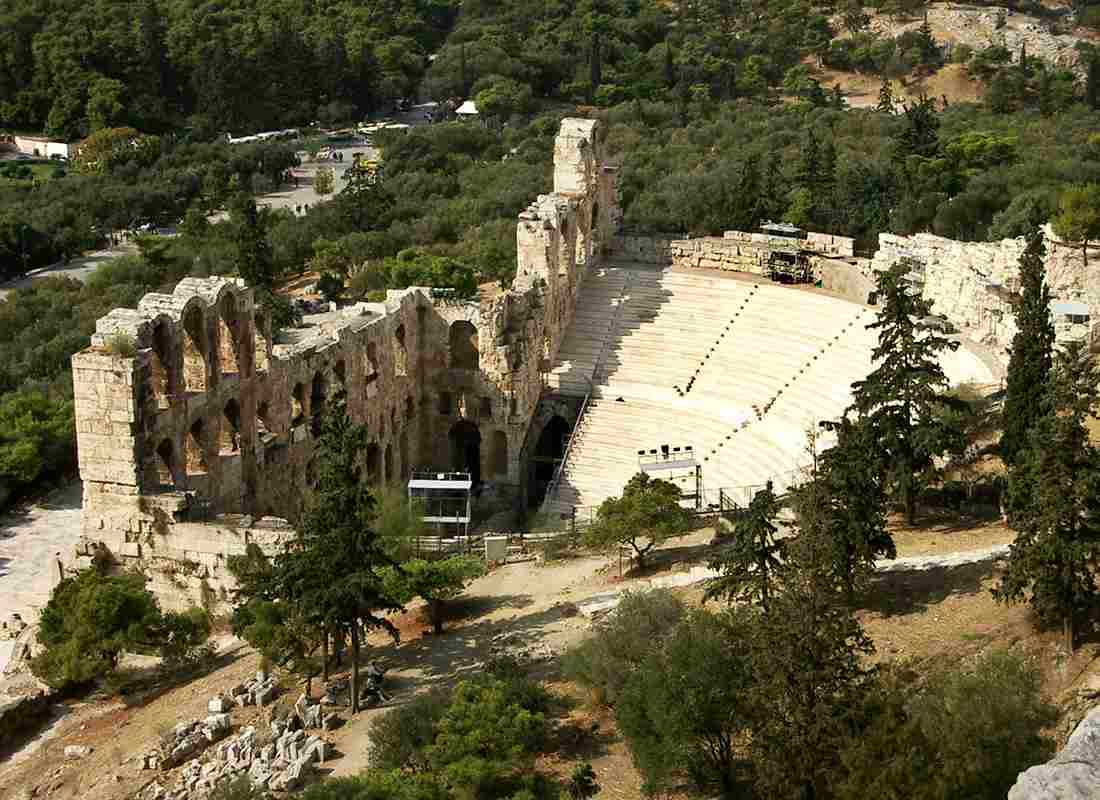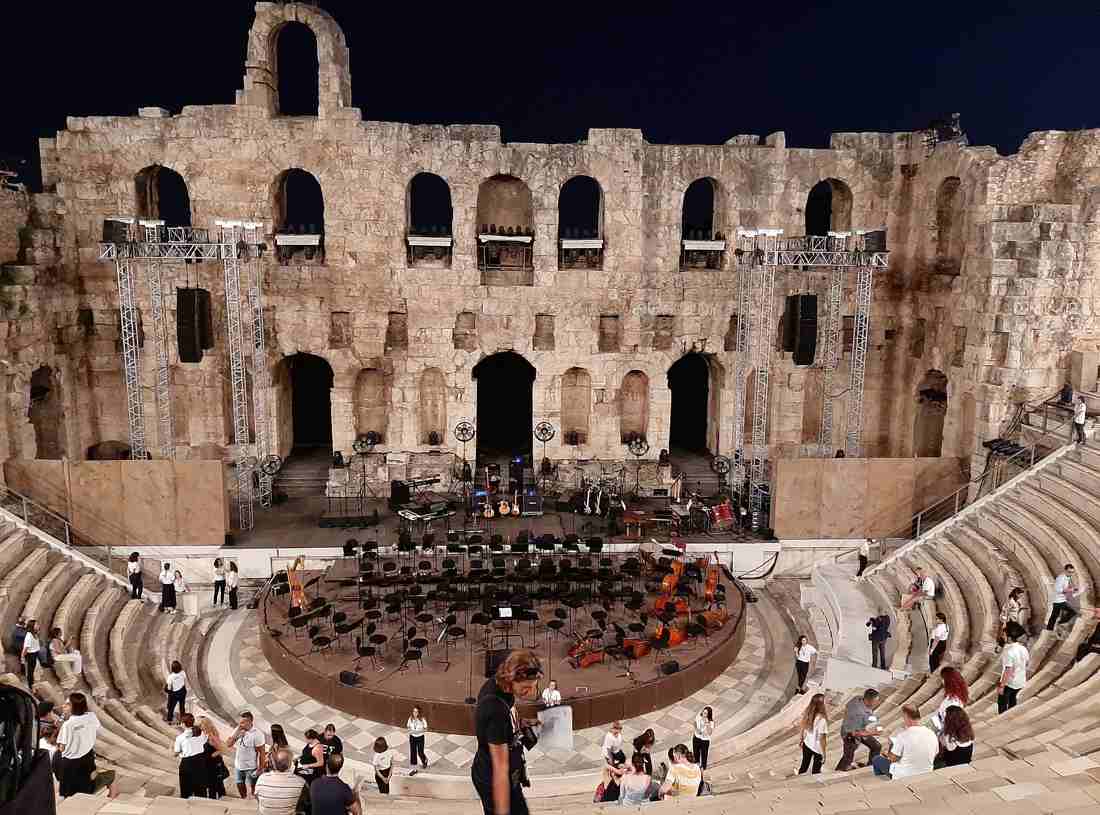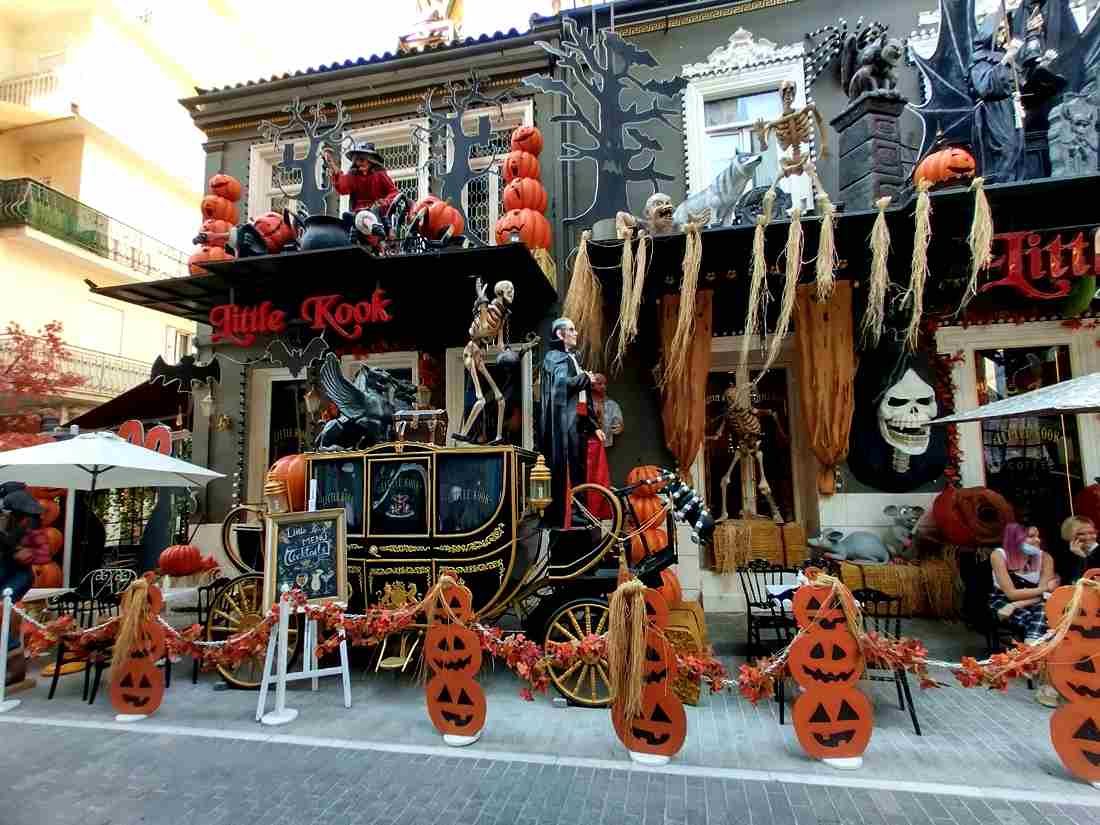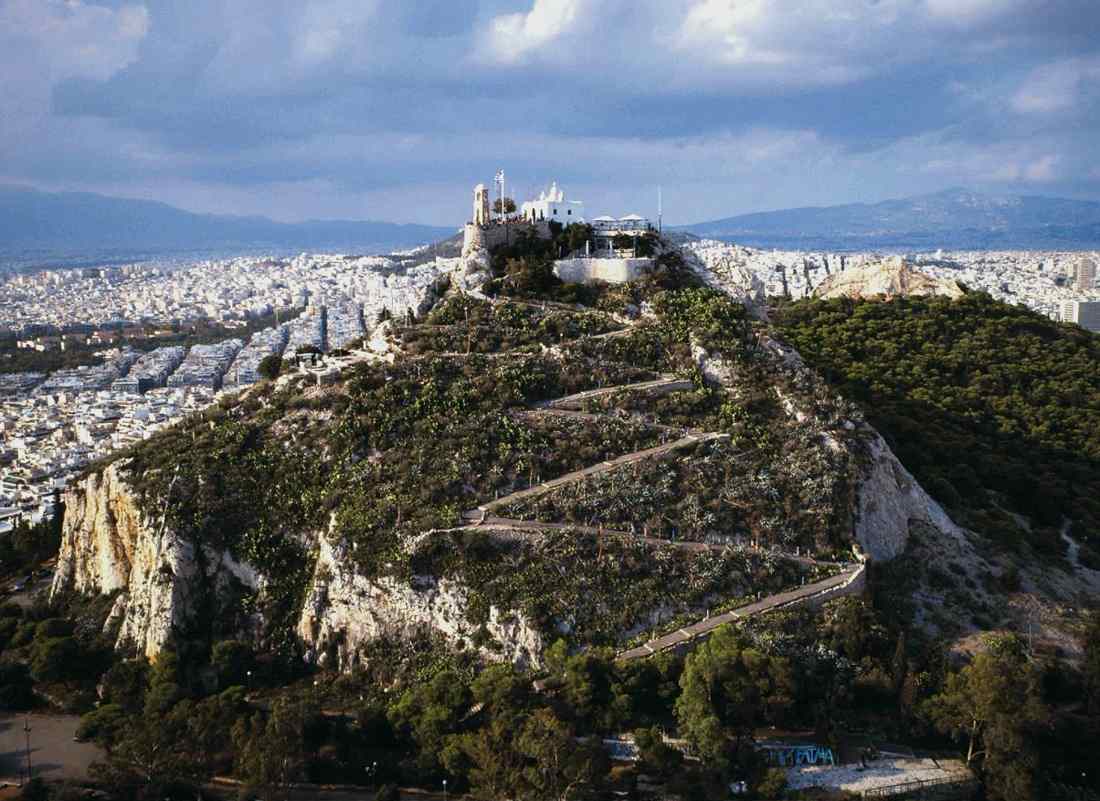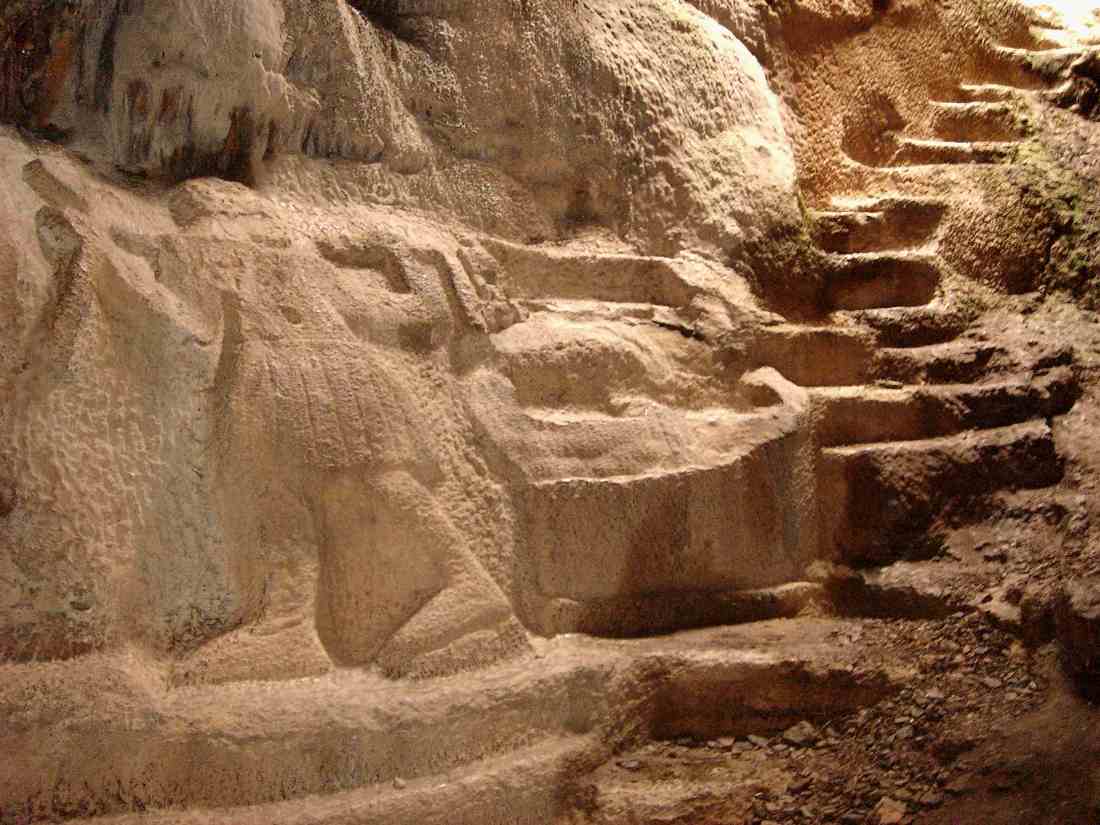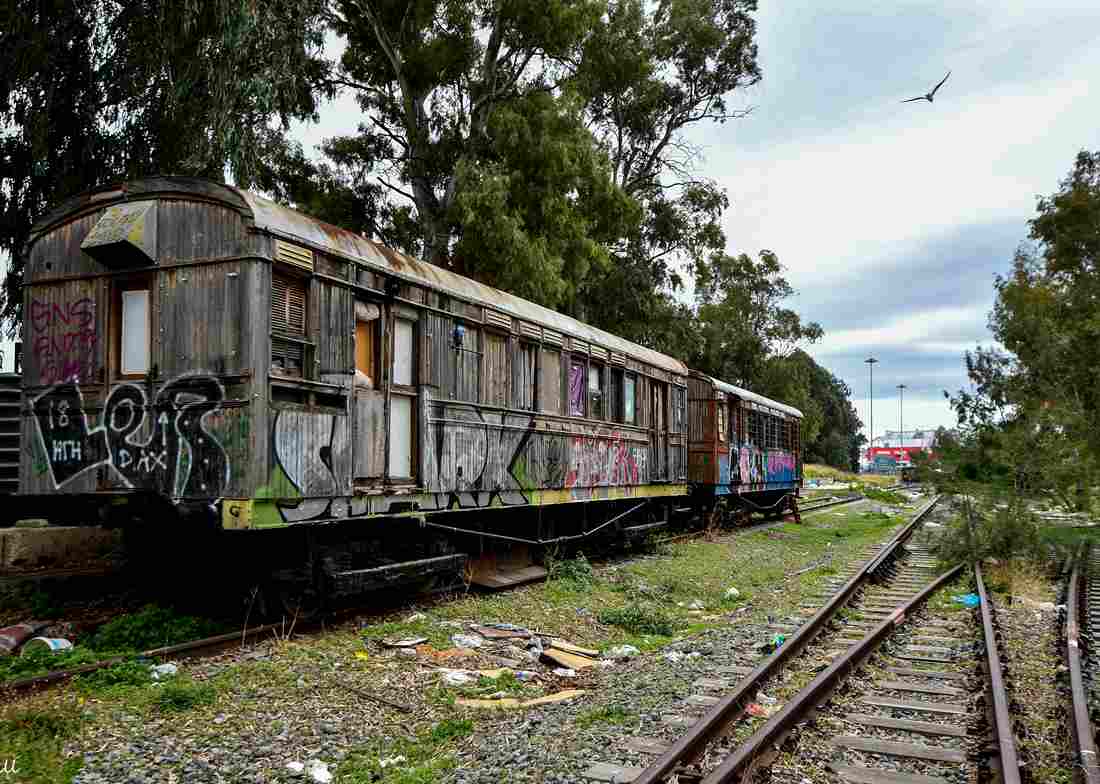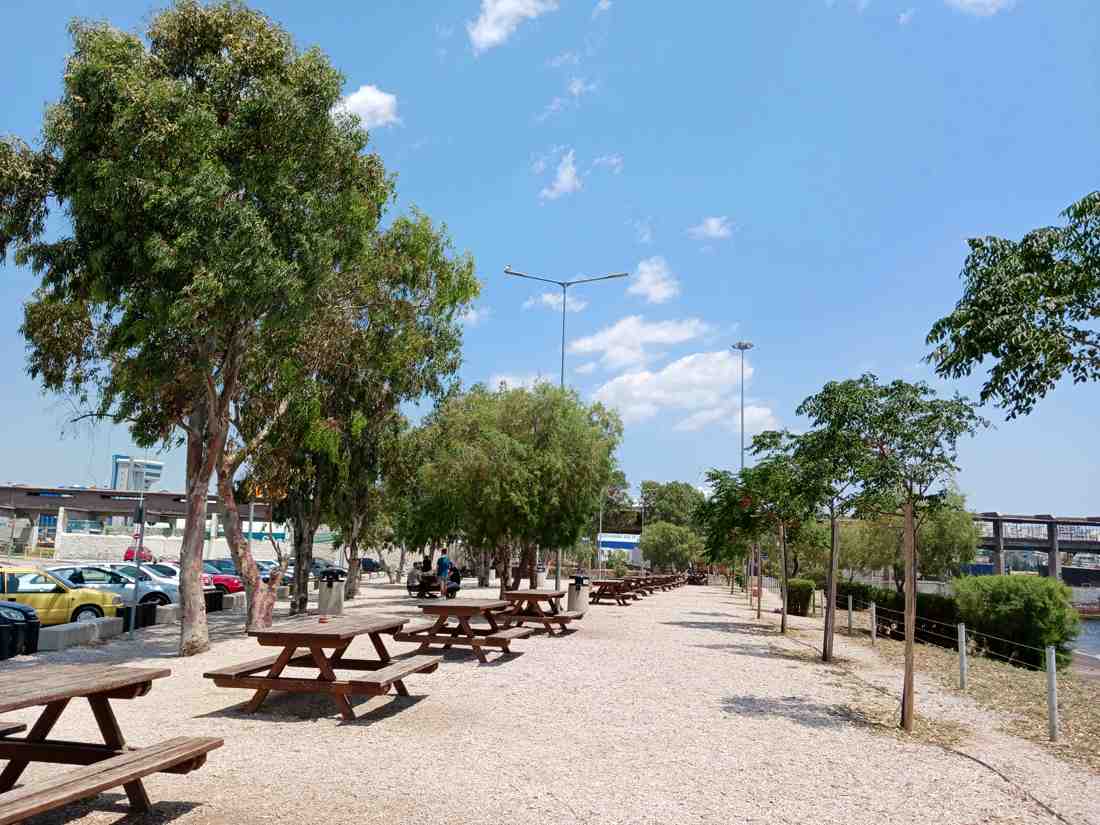
Theater - Odeon of Herodes Atticus
The Odeon is located on the slope of the Acropolis of Athens, a majestic ancient Greek open-air stage or as it is also called the Herodion. It ranks among the most memorable monuments of the Acropolis itself and of all Athens landmarks. The odeon of Herodotus Atticus is often confused with the no less famous Dionysus Theater, which is 240 meters away and despite all the recognizability of the structure, few people know its history. And this is one of the youngest monuments of the Acropolis, which is used for its intended purpose nowadays and is the main stage of the annual Athens Festival. The Odeon was built in the 2nd century AD next to the Arch of Eumenis, although it was built four centuries earlier, but the theater merged with it in perfect harmony. The Athenian aristocrat Tiberios Claudios Herodis Attikos, wishing to honor the memory of his wife, Aspasia Annia Regilla, allocated funds for the creation of the theater and named it after his wife Regillis, and then the theater was renamed and called the Odeon. The Odeon Irodia Attica in its original form was covered with a wooden roof with 32 rows of seats and could seat about 5,000 spectators. Like most theaters of the Roman era, the orchestra was semicircular in shape and the stage had three floors, two of which are still in use today. The Odeon was almost destroyed for a long time, but in 1857 it was discovered during excavations and did not take its present form until the middle of the 20th century. In 1950 the seats and stage were restored and since then it has hosted theater, dance and music festivals every year from June to September.
Guest reviews
You may also be interested in similar information
Fabulous Cafe Little Kook
Athens, Greece
Technopolis
Athens, Greece
Wolf Hill in Athens
Athens, Greece
Limanakia Beach
Athens, Greece
Parnitha cable car
Athens, Greece
Nymfoliptos cave
Athens, Greece
Abandoned railway station
Athens, Greece
Krakari promenade
Athens, Greece


